Carb cycling is the foundation of what I do every day and with every client. I know through years of experience with many different clients that carb cycling works, so I’m going to introduce you to the basics and the five different carb cycling plans—Easy, Classic, Turbo, and Fit, and Extreme. I’m stripping it down to the basics to get you started:

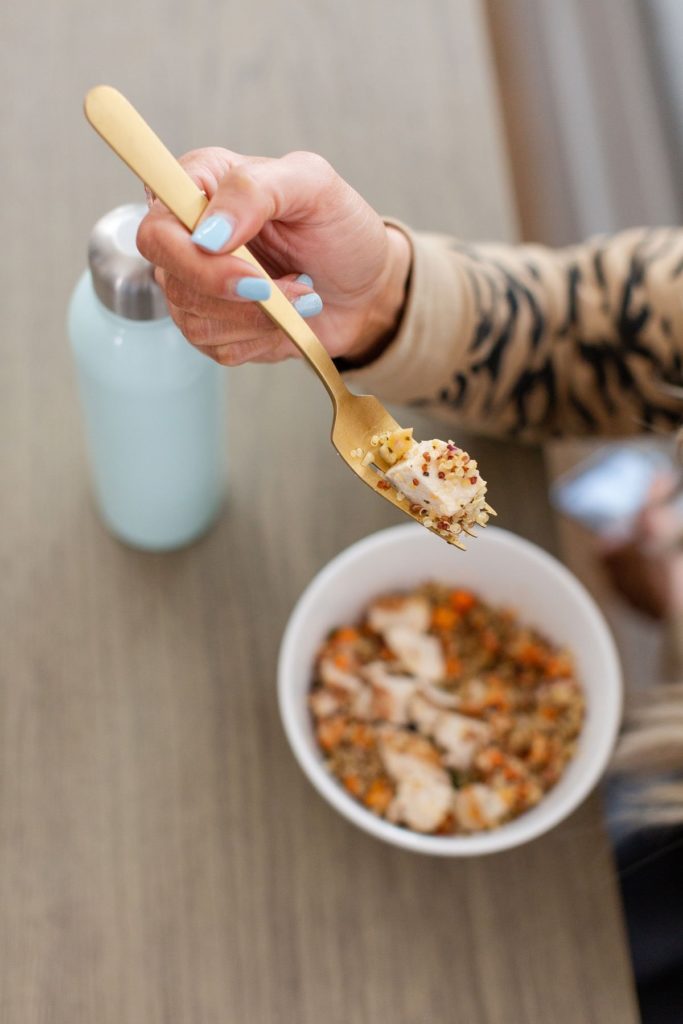
What is Carb Cycling + How Does it Work?
Carb cycling is an eating plan with alternating high carb and low carb days. It’s that simple. It also has built-in reward days or reward meals (depending on the plan you’re following), so you can still eat your favorite foods on a regular basis. Sounds pretty much perfect, right? You can eat healthy foods, enjoy foods you love, and still lose weight.
While each plan has a different mix of high carb and low carb days, each day works basically the same:
- Eat five meals—no more, no less.
- Eat breakfast within 60 minutes of waking or whenever your feeding window opens if you’re an intermittent faster.
- For breakfast, you’ll eat a portion of protein, carbs, and fat.
- For your next 3 meals (snack, lunch, snack), you’ll eat either a low or high carb meal depending on which day you’re on. So, if you’re on a low carb day, those three meals will be low carb. If you’re on a high carb day, those three meals will be high carb.
- Your last meal of the day will ALWAYS be a low carb meal. Always.
- Choose approved foods.
- Drink ½ your body weight in ounces of water every day. So, if you weigh 150 lbs, you’ll drink 75 ounces a day.
How Does Carb Cycling Work?
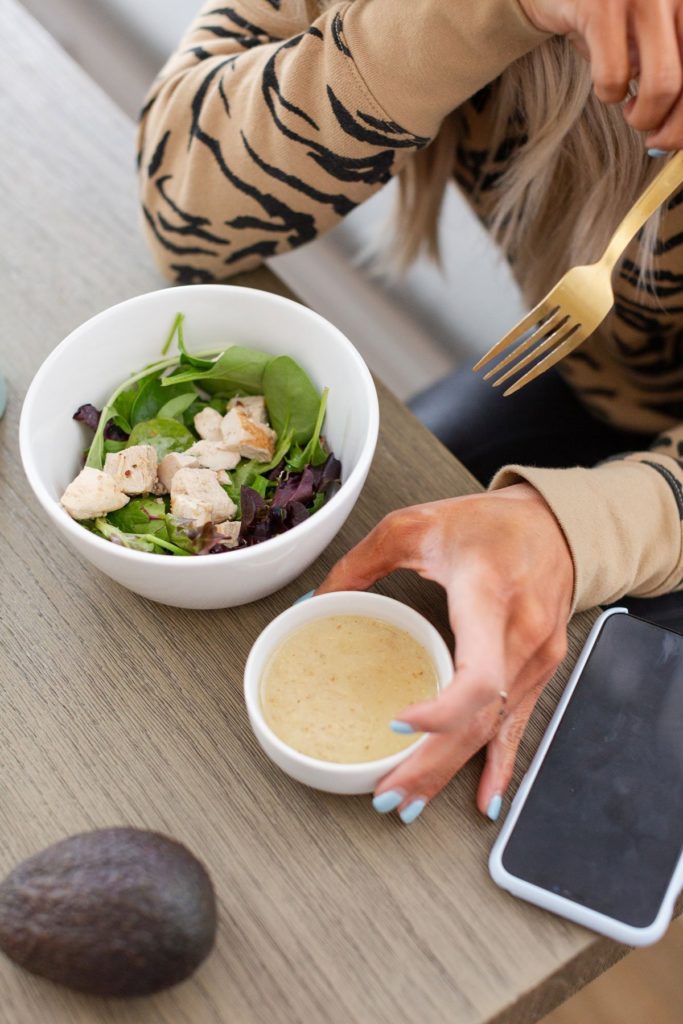

Carb cycling is based on the right combination of proteins, carbs, and healthy fats. In order to lose weight, our bodies need the right combination. Here’s why:
- Protein builds and maintains muscles and these muscles burn calories like an inferno. Protein also breaks down more slowly than carbs and fat, which burns even more calories and helps you feel fuller longer.
- Carbs are the preferred fuel source for your muscles and organs, and they come in healthy versions (vegetables, fruits, grains, and legumes), and not-so-healthy versions (cakes, cookies, soda, doughnuts, candy, and many processed foods). Healthy carbs are also crucial for burning calories, and since they break down more slowly than those not-so-healthy carbs, they keep your blood sugar and energy levels steady, and they also keep your calorie-burning furnace hot so it burns more calories!
- Healthy fats (unsaturated fats) eaten in moderation help the development and function of your eyes and brain and help prevent heart disease, stroke, depression, and arthritis. Healthy fats also help keep your energy levels steady and keep you from feeling hungry.
Why do we alternate high carb + low carb days in carb cycling?
On high carb days you’re stocking your calorie-burning furnace so that on low carb days your furnace burns fat, and lots of it! This pattern tricks your metabolism into burning a lot of calories, even on those low carb days. It’s an amazing and well-proven process.


What are the Benefits of Carb Cycling?
Carb cycling has many benefits:
- It fits any lifestyle.
- You’ll learn how to shed weight and body fat and how to make smart lifestyle choices for the rest of your life. This puts YOU in control.
- You’ll feel better and have more energy.
- You’ll eat the foods you love.
- You’ll build lean, strong muscles.
- You’ll be empowered physically, mentally, emotionally, and spiritually.
I’ve only skimmed the surface of carb cycling, so learn more about our five carb cycling plans to find your ideal cycle, and let’s get cycling!
Get even more information on carb cycling in both or our books: Extreme Transformation (the newest edition to our carb cycline lineup featuring the Extreme Cycle) and Choose More, Lose More for Life (which features our other four cycles).
If you’d like some help creating your own meals, there’s a handy “Create Your Own Meals” chart in this post! To get a customized cycle for you and your goals + several workout programs (from gym-based to bodyweight to dance) + the all-important life lessons (the key to long-term transformation), check out The Transform App.
Note: If you’ve been carb cycling using our book, Choose Lose More, Lose More for Life, you’ll notice that we’ve changed a couple of things since that book was published: You now include a fat for breakfast, and every final meal of the day is a low carb meal. Like with a lot of things in life, the more you do them, the more you learn about how to do them even better!
xo,

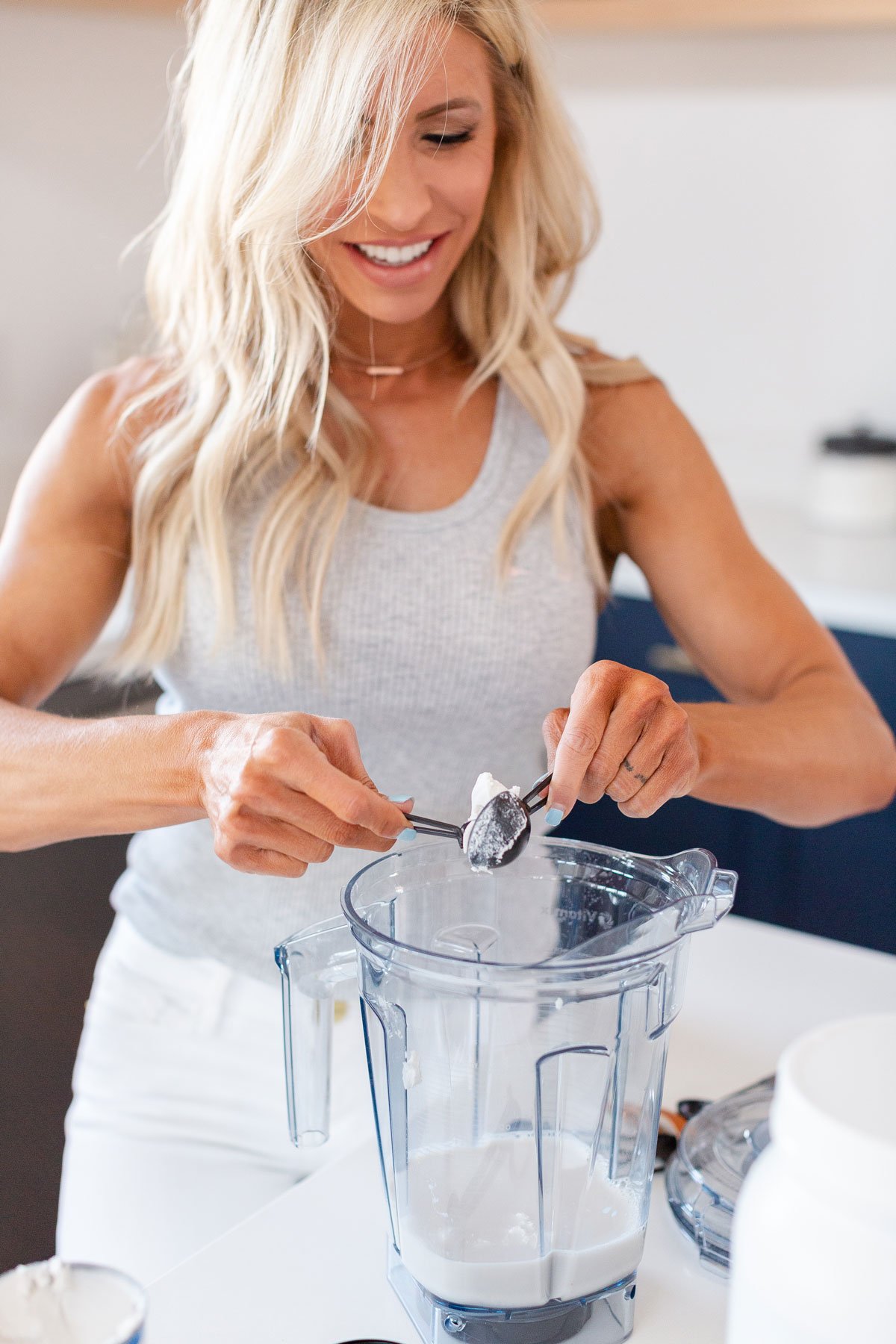

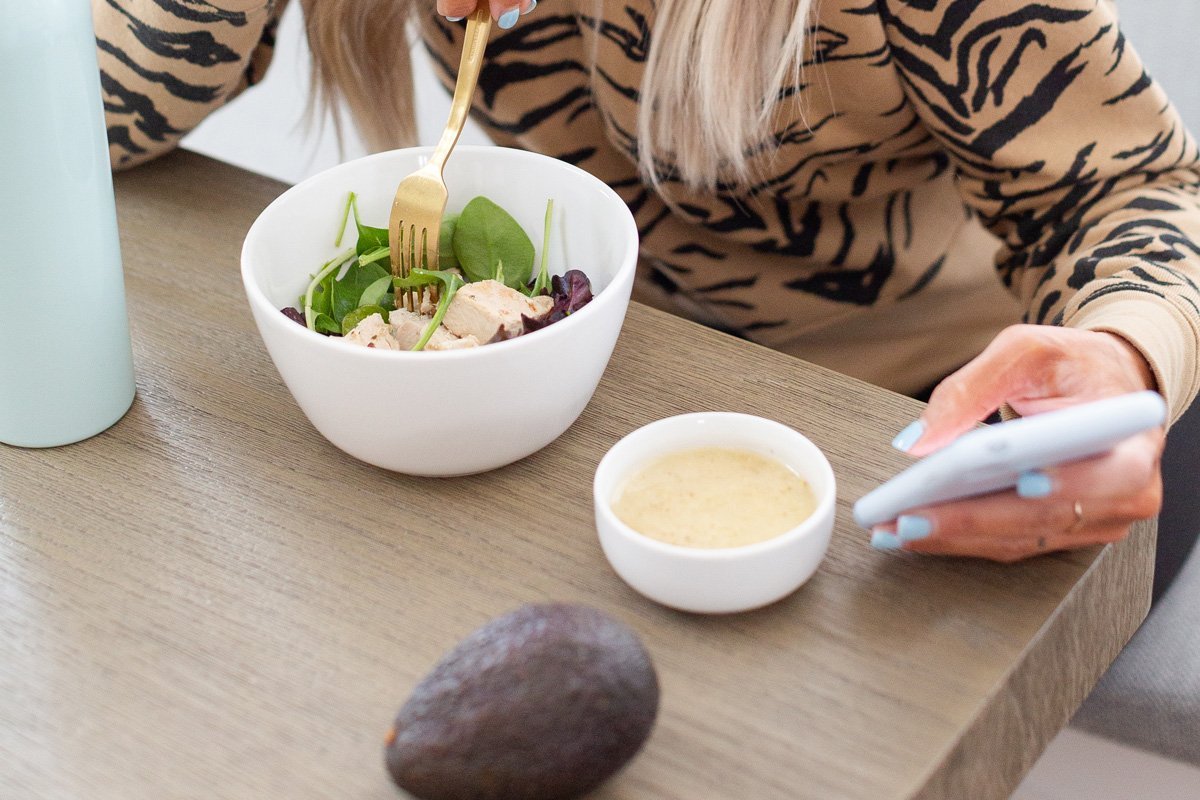

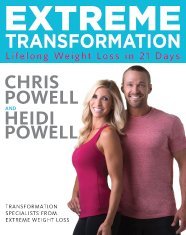


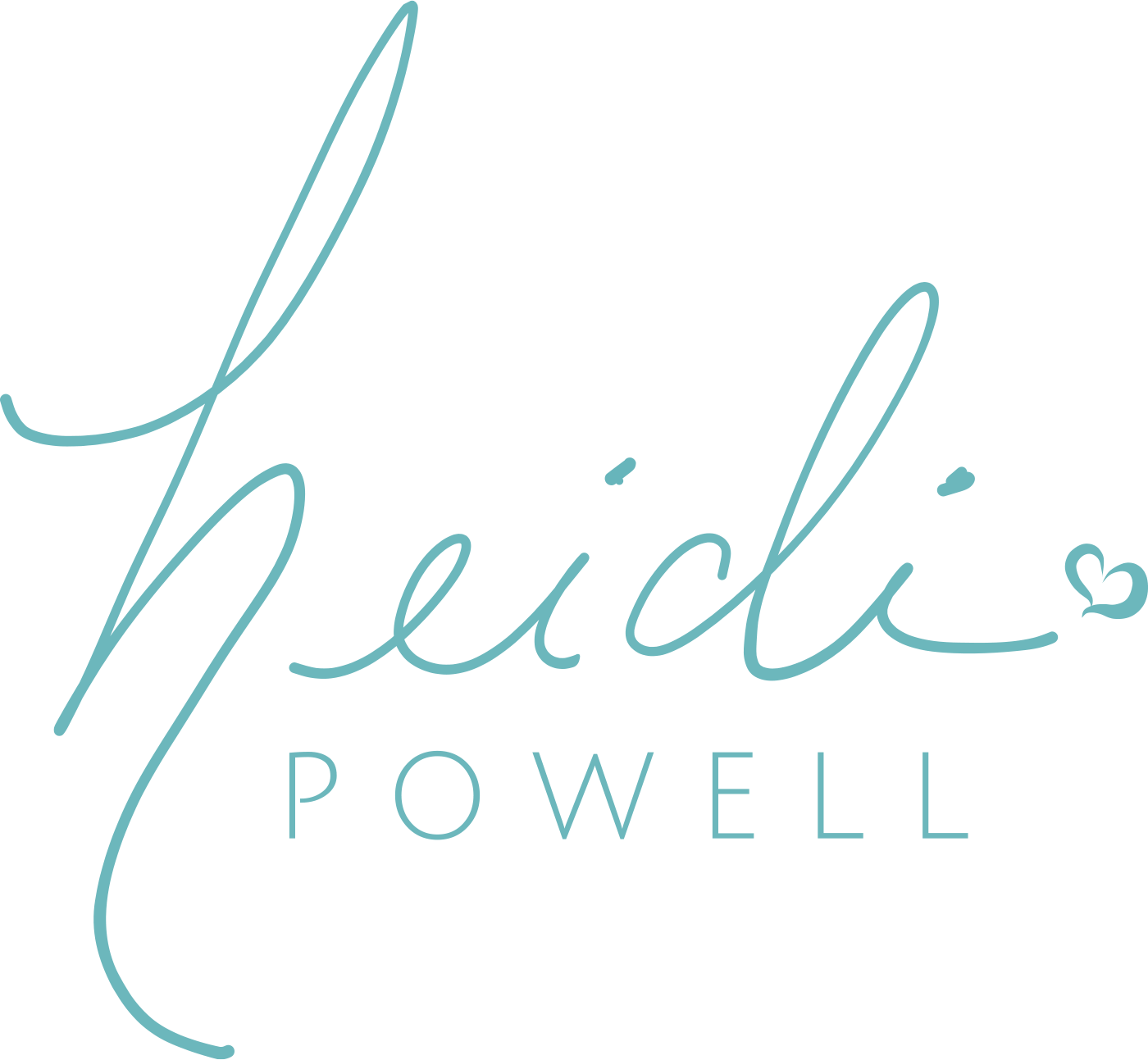
1,394 Responses
Are you suppose to work out certain body parts(upper/lower) on high/low carb days? Does it matter?
Hi Nat: In carb cycling, you’ll do your 9-Minute Mission (strength training) first thing in the morning (Monday-Friday), and then Shredders (cardio) sometime during the day. The 9-Minute Missions program is put together to work all the muscle groups in certain combinations, so all you have to do is follow the plan!
This is the first time I hear about carb cycling and I’m very interested in implementing it in my daily nutrition. My only question is: would you recommend this program to breasfeeding mothers? I’m exclusively breasfeeding my 4month old and plan on doing it for as long as I can; however I’m desperate to loose baby weight.
Hi Jody: Here’s a post from this blog that outlines Heidi’s breastfeeding nutrition program: https://heidipowell.net/2275/q-a-carb-cycling-while-prego/. Hope it helps!
Hi! My husband and I love watching your show and hearing about all of the lives you have helped to transform! I have a 5 mo old son whom I exclusively breastfeed. I hope to do so until he is at least a year old. During my pregnancy, I ate very healthy and did Crossfit pretty intensely until 36 weeks. Since having a cesearian, I have been experiencing pretty bad low back pain and have had to really slow down in the gym. That said, I have been very cautious about dieting (going back to my low fat/low carb pre-breastfeeding diet) because I am afraid I will lower my milk supply if I don’t get enough fat and calories in my diet. I have done a lot of research, but can’t find anything super helpful when it comes to breastfeeding moms. Do you guys have any suggestions? I still need to lose another 15 lbs to get back to my pre-baby self! Thanks so much in advance!
One more thing…my husband a many Crossfit friends have been doing flexible dieting and macro counting. I have attempted, but am unsure how to adjust for my specific need to continue producing adequate milk supply. My lactation consultant stressed the importance of taking in adequate healthy fats and proteins, but I’m not sure what is too much or little…? Thoughts?
Hi Jen: Congrats on your new baby! Here’s a post that outlines Heidi’s breastfeeding nutrition program: https://heidipowell.net/2275/q-a-carb-cycling-while-prego/. Hope it helps!
Hi! I love the plan! And I love Chris and Heidi. I have been on the turbo plan for about 4 weeks now and have lost a total of 16 pounds! I am feeling great! I did have a question, because I feel like it wasn’t really discussed in the book. But fruit.. Where does that fit in? Is that considered a carb? Or is that it’s own thing? Should I avoid fruit on low carb days?
Hi Angie: This is a common question. In carb cycling, fruits are considered carbs, so you’d only want eat them for high carb meals. Learn more here: https://heidipowell.net/4514/carb-confusion/. And congrats on those 16 pounds gone – that’s awesome!
1 thing i really like about these programs is that I can switch from 1 to another. I was reading in the book that the Slingshot week is to help fool your body from a pattern. Is it still necessary to slingshot on the 4th week if I have switched from one cycle to another for two weeks? thanks so much
Hi Kimmie: Since the slingshot week is a full week of all high carb days, you’ll still want to do it every 4 weeks.
I’m not sure if anyone responded to my previous post but I finally figured out the carb cycling but was hoping to get some more ideas for snacks. I fount the two in the book but not a big fan of cottage cheese or greek yogurt. Are foods like hummus with veggies considered a healthy snack or another side salad or a side of fruit? Or would my afternoon snack look more like what I have for lunch.
Appreciate your help
Rhonda
Hi Rhonda: You can choose any of the approved foods on the list to put your meals/snacks together. There’s an awesome graphic in this post (as well as some other helpful info) that shows you how to put together all your meals. You can have 2 Tbsp of hummus as a flavoring with your veggies. To make this a high carb snack/meal, you’d add a protein and a carb. To make it a low carb snack/meal, you’d add a protein and healthy fat. A side salad made with non-root/non-starchy veggies would be considered a veggie, and fruit falls under the carb category. Hope that helps!
It’s hard for me to eat veggies for my first two meals..at 5:30 and 8:30 the thought of veggies grosses me out…
For breakfast, since it’s a high carb meal, you can skip those veggies if you’d like to. Hope that helps!
I just started reading your book and I am so excited to start carb cycling. However, I am unsure how to fit in a proper eating schedule. I work nights 10p-6a so I am up all night, am I still not supposed to eat after 7 or does that not apply? I am also the mother of an 18 month old who is usually wide awake and waiting for me when I get home. So needless to say my sleep schedule is way off. Basically I sleep when I can so even though I am awake I am exhausted and eating isn’t really a priority. So what do I do? Do I still eat breakfast and just go to sleep directly after or skip it altogether. I would really appreciate if I could get this question answered. THANY YOU SO MUCH FOR YOUR INSPIRATION!!!!!
Hi Vanidy: Crazy work schedules can make eating every 3 hours a bit tricky, but it can be done. Space your meals every 3 hours (as best you can) while you’re awake, and you’ll be good to go! Just make sure you’re getting the recommended calories in a 24 hour period.
I’m going to try this. I tend to eat pretty healthy anyway, but I have noticed some slumps in my energy in the last year and want to kick that to the curb now that I am about to begin the next school year (I am a college professor who also works 2 jobs…and spends long hours reading badly written papers, holding office hours, and lesson planning. More consistent energy would be helpful).
I have a question, though. How do I handle quinoa? While it is prepared like a grain (cooked in a pot), it’s technically a complete protein. So do I count it as a grain (and something I can only eat on high carb days), or as a protein? I see it treated both ways (and some people who say “well quinoa is a seed anyway), and my roommate–who is a vegan–relies on quinoa as a staple in her diet. I just know that I love it so much and enjoy the variety of ways I can eat it (and depending on the cost of it at the grocery store, sometimes it gets to be a staple in my diet). But some clarity on how I should treat it in carb cycling would help me prepare for starting the ‘classic’ carb cycling plan next week–a week of making sure I have this down pat before I start my school year!!!
Hi Stephanie: Quinoa is considered a carb in carb cycling, so you could have it as the carb portion of any high carb meal. Welcome to carb cycling!
Just finishing your great book. I’m going the Classic route for now. Have exercised for years, but at age 56 I have found 10 lbs that need to go somewhere else. Old methods to drop weight are no longer working for me. The foods you list look great, but I’m having a hard time coming up with good protein/fat snacks. Suggestions please? Can’t wait to get going on the plan! Thanks for doing all the hard work in advance for us!!
Patsy
Welcome to carb cycling! For meals and snacks – you simply choose items from the lists. There’s an awesome graphic in this post (as well as some other really helpful info) that shows you how to put together every meal in carb cycling for both low and high carb days: https://heidipowell.net/4514/carb-confusion/. You can do this!